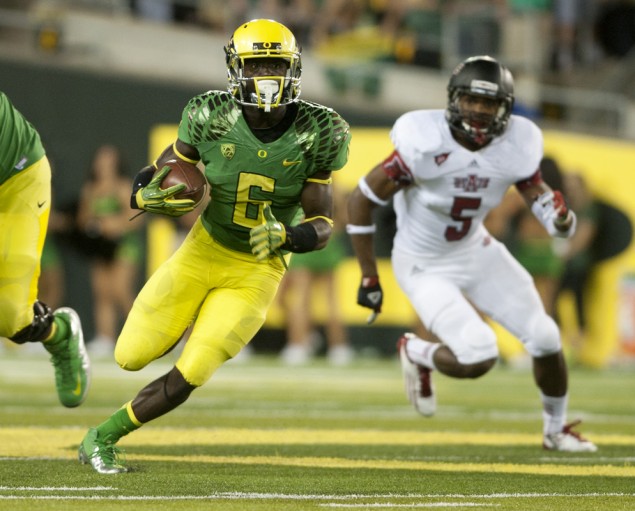
Do College Football Underdogs Have More Value on Weeknights?
In College Football, there is typically a slight bias towards underdogs. According to our BetLabs software, since 2005 dogs have a winning record of 2810-2774 (50.3%) although betting every game would results in a loss of 97.84 units and a -1.8% return on investment (ROI). However, our research indicates that underdogs have vastly more value in midweek games.
The table below, using line data from Pinnacle, shows the performance of dogs when the game is played between Monday and Friday.
| Filter | Record | Units Earned | Return on Investment |
| All Underdogs | 378-337 | +20.09 | 2.8% |
| Dogs of 3.5 to 10.5 | 190-144 | +34.64 | 10.4% |
As you can see, betting the underdog during the week would result in modest gains, however, when we look at small dogs of between 3.5 and 10.5 points, the return on investment soars to 10.4%.
There are a number of midweek games on tap, including tonight’s showdown between UL Lafayette and North Texas. Currently, North Texas is receiving just 20% of spread wagers as a 3.5-point underdog meaning this is a clear-cut game to watch.
Other games of interest include a pair of Thursday night matchups with Arizona State (+9.5) at home against #3 Oregon and SMU (+6) hosting Houston.

Knox Rogers
10/16/2012 at 4:11 pmI’d be even more curious to see this with just home dogs. Seems like week night games would tend to favor the home team even more than just plain dogs.
PJ
10/17/2012 at 9:10 amBuilding on the analysis in the article, if you add a home team filter, the results are improved to 56.9% ATS for College Football underdogs of 3.5-10.5 points playing at home on weeknights.
However, the sample size gets reduced to 109 games since the start of the 2005 season.
Simply looking at home teams playing on weeknights doesn’t offer much value as they’ve only covered the spread 49.5% of the time since 2005. As as result, there is no bias either way toward home or visiting teams.
Steve hannon
10/24/2014 at 6:40 pmDo these results include post season or are they just for for regular season?
David Solar
10/24/2014 at 6:58 pmThose results are only for regular season games.